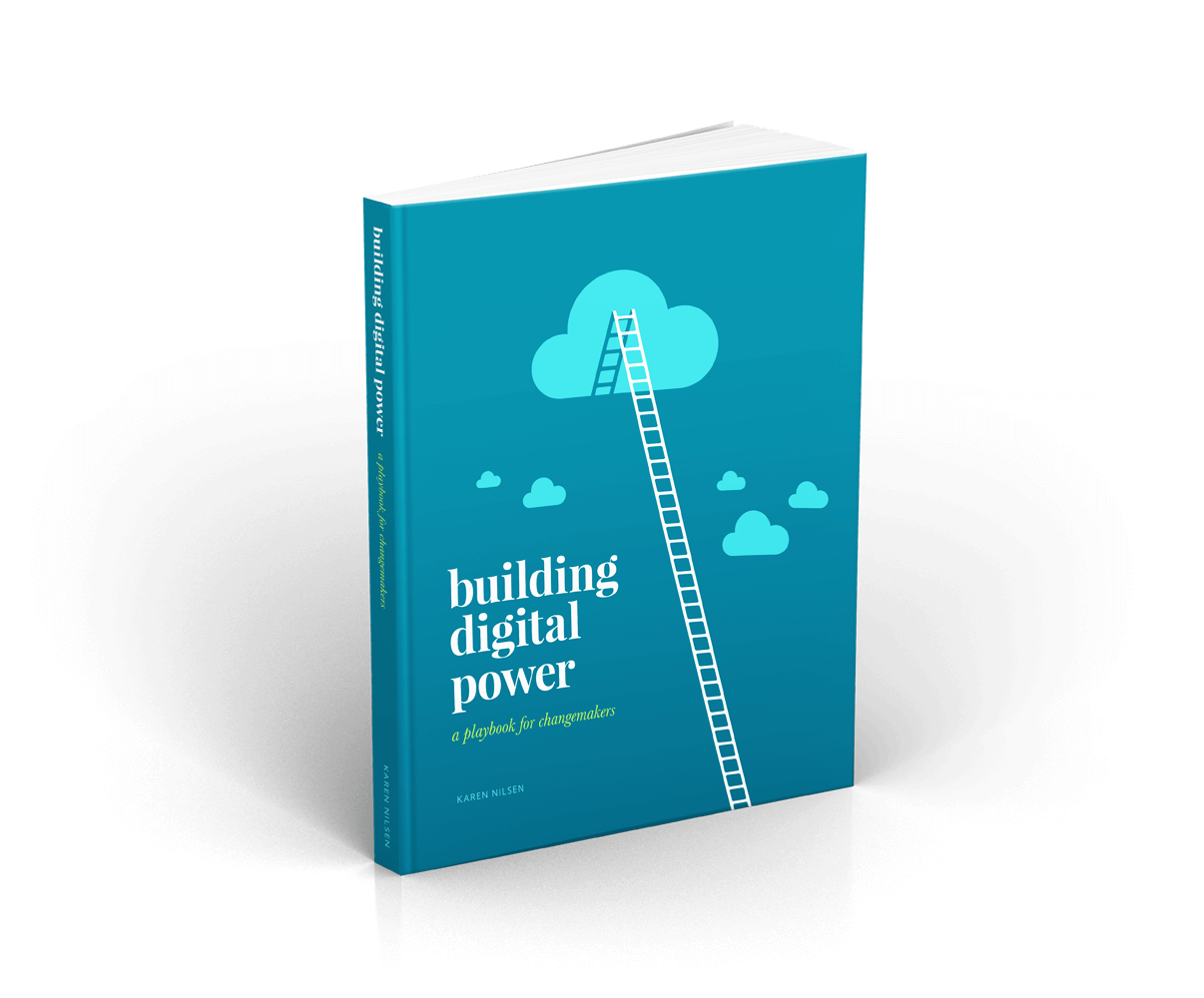Get a free digital strategy tip of the week:
Unsubscribe any time. We respect your data. View the privacy policy.
When you hear of organizations that have amassed millions of online supporters, the first question that often comes to mind is: where
I’m so glad you’re here. While it’s far from the most exciting, retention is arguably the most important factor in the success of
Well-designed email templates are greeeat. But even the best layouts can lull readers into complacency over time. Consider mixing up your formatting occasionally
How tempting is it to ‘bust myths’ and confront your opponent’s ridiculous claims head-on!? Hint: very. Proceed with caution—countering false claims can unintentionally
Think of digital pipelines as pathways that lead your supporters down progressively deeper levels of engagement. Without designing your pipelines intentionally, your supporters
Most email broadcast systems come packed with standard analytics. Just to be clear, here’s what we care about: Recipient volume This is the
It can feel intuitive to place your action form elements at the end of your page—after your theory of change. However, your supporter
Sometimes, the purpose of an email can be simply to inform. But often, we’re trying to get someone somewhere. An action page. A
On the surface, it looks like the purpose of a title is to introduce the content of a webpage. But of course—you
Whether you’re seeking donations or actions, the formula for writing an effective CTA is pretty simple. To persuade your supporter to drop
Every time you email your supporter, you’re doing much more than delivering a message. You’re cultivating a relationship. If
So you’ve cracked the code to writing a great email. The next step is to push it out to as many people
Most of us have a hard time keeping on top of emails from people we do know, to let alone give a second
Have you ever visited a website only to notice that ads for that site seem to ‘follow’ you around the Internet? You’ve been
It might seem too obvious to mention. But it’s critical that you’ve defined the objective of your email. Often, it’s to lead your
How to Hook Your Reader
To steal a mantra from our friends in journalism: don’t bury the lede. The idea might have started in newspaper offices but it applies anywhere we’re competing for our audience’s attention (so, the entire Internet). In short, don’t force someone to read your whole page in order to ‘get’ the point. A ‘linear stream of consciousness’ is not a useful writing style. Start strong. Lead with compelling ideas. That’s how you’ll hook your reader.
The inverted pyramid
One way to visualize this tactic is to imagine an inverted pyramid. Front load your headline and intro statements with the most critical and compelling details—an emotionally persuasive conclusion or call to action. Follow up with supporting facts and finish with background details or your movement story.
This is basically the opposite of academic writing which often leads with background information, follows with supporting facts, and ends with a closing argument. This, like all the most effective communication tactics for web, will require many of us to un-learn the academic writing styles drummed into us by the education system. This might feel awkward and unintuitive, but it gets easier. And importantly, it works.
Why it works
- Grabs attention
- Lowers bounce rate
- Supports multiple CTA launch points which caters to both high and low attention spans
- Serves skim readers
- Improves comprehension
- Good for SEO and keyword targeting
- Encourages scrolling
When the inverted pyramid works best
When your objective is to inform, to provide commentary, or to spread an idea—the inverted pyramid works very well. In these cases, ‘top down’ structures maximize reach and comprehension by catering to wide range of reader behavior.
Unlock more digital strategy secrets.
Free eBookWhen to avoid the pyramid
It won’t make sense to wedge every piece of communication into some form of upside-down triangle. Different structures will suit different objectives. ‘How-tos’ and ‘listicles’, for example, gain nothing from the inverted pyramid structure. Sometimes leading with a ‘knowledge gap’ to spark intrigue can more effectively meet your needs. And for challenging content whose objective is behavior change, leading with the ‘conclusion’ can at times be abrupt and counterproductive.
Whichever structure you use, lead with a strong, compelling idea and a headline that offers a clear value proposition. This will capture attention and buy you time to hook your reader.
Was this tip useful?


Like this tip? Share it!






